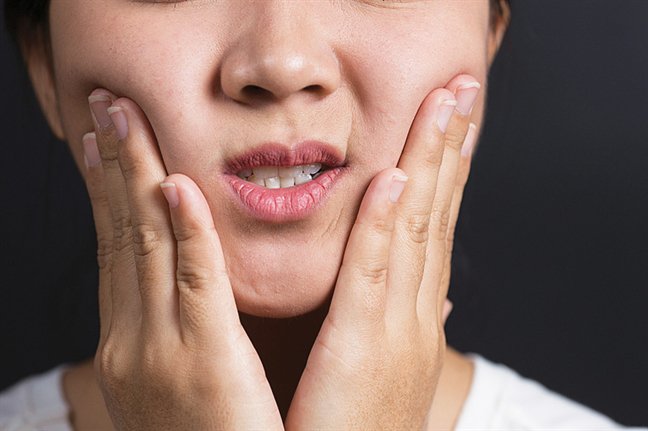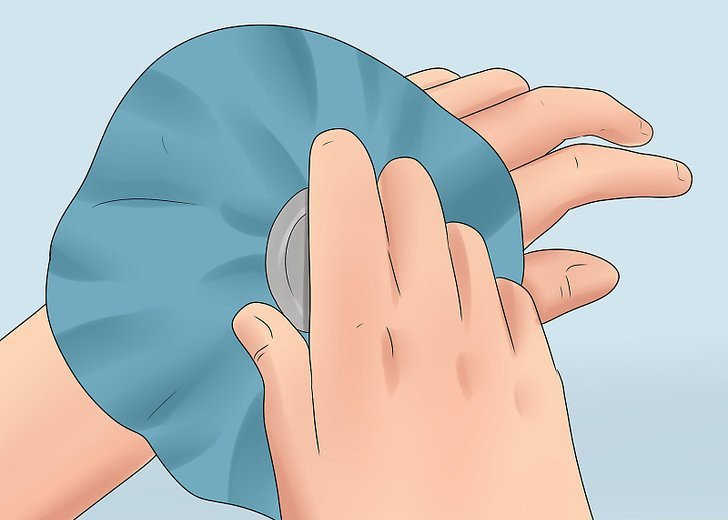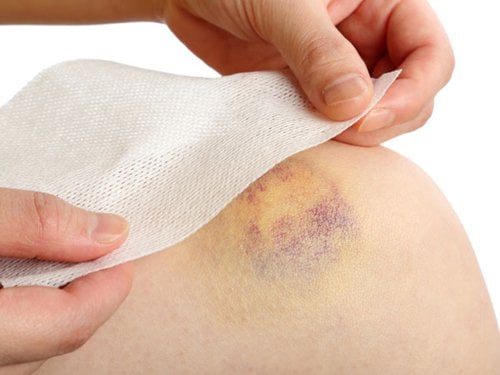Be wary of jaw pain near the ear
This is an automatically translated article.
Jaw pain near the ear is not uncommon. Some of the obvious symptoms of this phenomenon are pain in or around the ear area, pain when chewing, stiff jaw, headache... The cause of this problem is quite diverse, it is necessary to have the right treatment. specific test.
1. When you have jaw pain near your ear, what other symptoms may you experience?
Jaw pain near the ear can be accompanied by many other signs such as:
Jaw pain and stiffness. Soreness in or around the ear area. When eating, the patient has many difficulties, pain and discomfort. There may be headaches, pain in the entire face. The movement of opening and closing the mouth becomes difficult because the jaw joint is stiff.
2. Jaw pain near the ear, what health risks are you facing?
There are many issues surrounding jaw pain, each with different health consequences.
2.1 Temporomandibular joint arthritis The temporomandibular joint is the only movable joint in the craniofacial part, which has the function to support jaw activities such as talking, chewing, swallowing... If you have pain in the jaw near the jaw, Ear due to temporomandibular joint disease, you will feel the pain occurs in cycles, accompanied by muscle spasms and imbalance of movement.
This is a common disease and can occur in many groups of subjects, the rate is especially high in the group of women who are in the period of hormonal changes such as puberty, menopause ...
Currently, Symptoms of TMJ may include;
The pain can occur on one or both sides of the face, often starting with mild pain that can go away on its own. However, as the disease progresses, the pain will become intense and constant, especially when eating. Especially pain in and around the ear. Mouth and jaw movement difficult, lack of flexibility. When moving the jaw, you can hear the click of the jaw joints. Dizziness, neck fatigue, headache, pain in the temples. Hypertrophy at the inflammatory joint in the chewing muscle, you can easily see this because outside, your face will be more swollen.
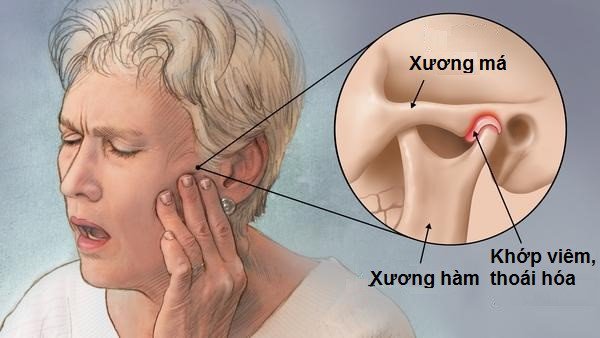
Bị đau quai hàm gần tai có thể do vêm khớp thái dương hàm
2.2 Temporomandibular dysfunction Having jaw pain near the ear can also be a sign of TMJ dysfunction - a relatively uncommon disease that has many negative effects on patients.
When suffering from TMJ dysfunction, the patient will feel that the chewing muscle or the temporomandibular joint is abnormal, the efficiency is reduced when chewing, and the opening and closing of the mouth also becomes extremely difficult.
According to statistics, this disease only occurs in about 10% of the population, seen in many groups of subjects, but only a few have symptoms. When recognized through symptoms, the disease has tended to be severe, with a high risk of causing joint damage if not treated promptly.
Symptoms of TMJ include:
It becomes difficult to open the mouth wide. Muscle fatigue when eating or chewing, limited jaw movement, lack of flexibility. Pain in the chewing muscles, temporomandibular joints, gradually, the pain spreads to the whole head. Tinnitus, dizziness.
2.3 Jaw malformation Cleft palate is also a cause of jaw pain near the ear, which usually occurs when someone opens their mouth too wide suddenly (like laughing). This condition comes from the patient's uncontrolled actions.
Jaw defect can happen to anyone, but it is not a pathology, but just a condition, which can be corrected quickly and without leaving dangerous sequelae. However, if left untreated, the condition can get worse and interfere with many daily activities.
Symptoms of jaw failure:
Pain in many areas from the shoulder, neck, ear, face... and the pain occurs frequently. Tinnitus, in severe cases, can make it impossible to hear. Pain when moving the jaw. Neck movements are particularly difficult. When eating or drinking or opening your mouth, you will hear a clicking sound at the jaw joint. There are several methods to overcome the condition of jaw pain near the ear. For mild cases of jaw pain near the ear, you may not need to see a doctor right away. To improve pain, you can try some simple solutions:
Heat Heat can help relax muscles, thereby effectively improving pain and stiffness. However, if your jaw pain is accompanied by swelling and inflammation, you should try a cold compress solution.
Pain relievers Some over-the-counter pain relievers such as paracetamol / acetaminophen, ibuprofen ... The use of these drugs should ensure compliance with the dose instructions. If you are using pain relievers but still can't improve your symptoms, this is a sign that you need to see a doctor.
Acupressure - massage You can use your index and middle fingers to press on the painful area, massage around this area for about 5 - 10 rounds, then move your mouth. Try doing this again a few times until the pain subsides.
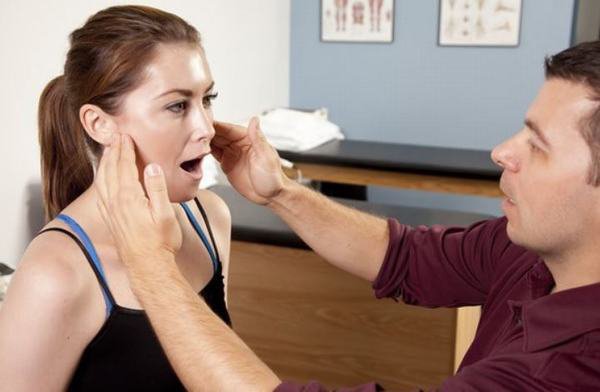
Bị đau quai hàm gần tai có thể áp dụng phương pháp ấn huyệt - xoa bóp
2.4 Some limitations to be aware of To improve and prevent jaw pain near the ear, you need to limit some of the following issues:
Limit lying on one side / put your hands under the jaw when sleeping. This position has the potential to put pressure on the jaw muscles, causing pain on one side (jaw pain near the left ear or jaw pain near the right ear). If one side is in pain, you should lie down on the other side. Avoid chewy and sticky foods, especially do not eat chewing gum. As can be seen, the phenomenon of jaw pain near the ear can be a sign of many diseases related to the joints. Therefore, when you notice that the pain is gradually increasing and cannot be improved by conventional measures, you need to see a doctor for an accurate examination.
Please dial HOTLINE for more information or register for an appointment HERE. Download MyVinmec app to make appointments faster and to manage your bookings easily.
This article is written for readers from Sài Gòn, Hà Nội, Hồ Chí Minh, Phú Quốc, Nha Trang, Hạ Long, Hải Phòng, Đà Nẵng.

